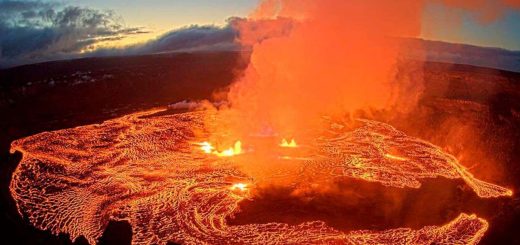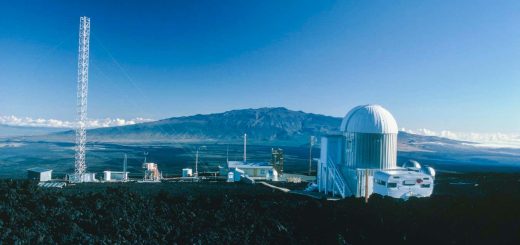Unprecedented Arctic heatwave melted 1 per cent of Svalbard’s ice
A six-week period of extraordinary heat in 2024 melted 62 gigatonnes of ice on the Arctic archipelago of Svalbard, obliterating all previous melt records
By Michael Le Page
18 August 2025
Svalbard saw record-breaking high temperatures in the summer of 2024
Xinhua/Shutterstock
During the summer of 2024, six weeks of record-smashing heat led to a record-obliterating amount of ice melting on the islands of Svalbard in the Arctic. By the end of the summer, 1 per cent of all the land ice on the archipelago had been lost – enough to raise the global average sea level by 0.16 millimetres.
“It was very shocking,” says Thomas Schuler at the University of Oslo in Norway. “It was not just a marginal record. The melt was almost twice as high as in the previous record.”
Read more
Plan to refreeze Arctic sea ice shows promise in first tests
Advertisement
More than half of Svalbard is covered in ice. Winter snowfall adds to the ice, while the flow of glaciers into the sea and surface melting during summer leads to ice loss.
Schuler’s team has been using a combination of on-site measurements, satellite data and computer modelling to estimate how the total mass of ice on the archipelago is changing.
Since 1991, less than 10 gigatonnes of ice has melted during each summer, on average. But four of the past five years have set new records for summer ice loss. Altogether, the team estimates that around 62 gigatonnes of ice were lost last summer, almost entirely due to surface melting rather than ice flow into the sea.


